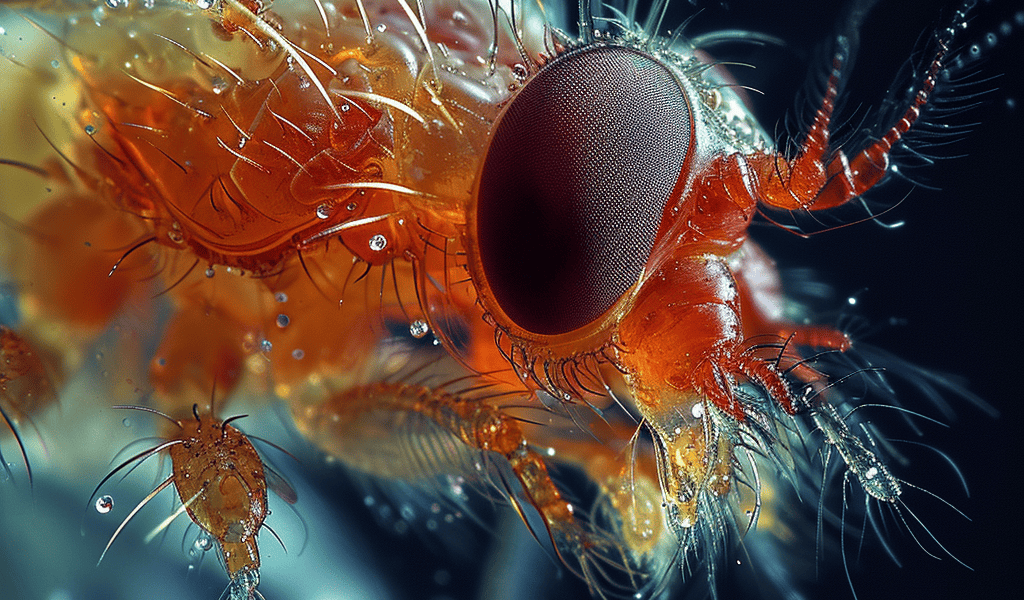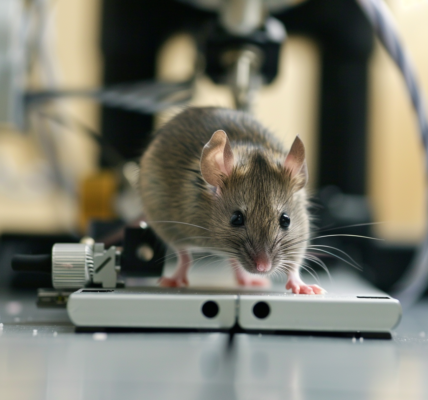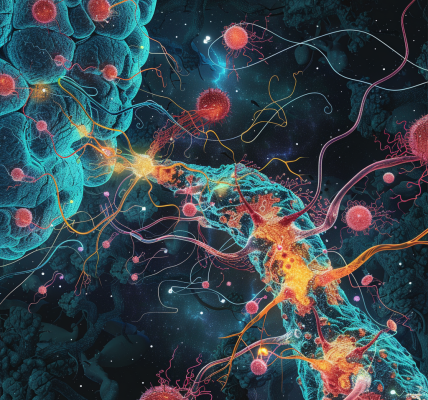The Science of Longevity: How Research Aims to Keep People Healthier for Longer
By Linda Partridge
Despite what the young might like to think, ageing is inevitable as adulthood progresses. In How We Age, geneticist Coleen Murphy provides no silver bullets for remaining youthful. Rather, she offers a scholarly account of the state of ageing research that is both lively and personal. She also gives real insight into the ups and downs of leading a research laboratory.
The book is a paean to the power of invertebrate model organisms such as the worm Caenorhabditis elegans and fruit fly Drosophila melanogaster, which are used often in biological experiments. These organisms are engines of discovery for neuroscience, genetics, immunology, metabolism — and ageing. Many findings from these species are applicable to vertebrate model organisms such as mice, as well as to humans.
One landmark discovery in the early 1990s was that a mutation in the C. elegans daf-2 gene allowed the worms to live more than twice as long as normal, as long as the daf-16 gene was active. In the following 20 or so years, it became clear that the daf-2 and daf-16 genes act together to safeguard the worm when conditions are harsh or food is scarce, by triggering an array of protective mechanisms. The daf-2 mutation prolongs life by turning up protective cellular processes such as protein ‘quality control’ and turning down harmful metabolic activity.
These results suggested that ageing is a malleable process, and thus could be targeted with drugs. How We Age focuses on the explosion of research that followed these discoveries.
In the early 2000s, genes related to daf-2 and daf-16 were shown to ex





